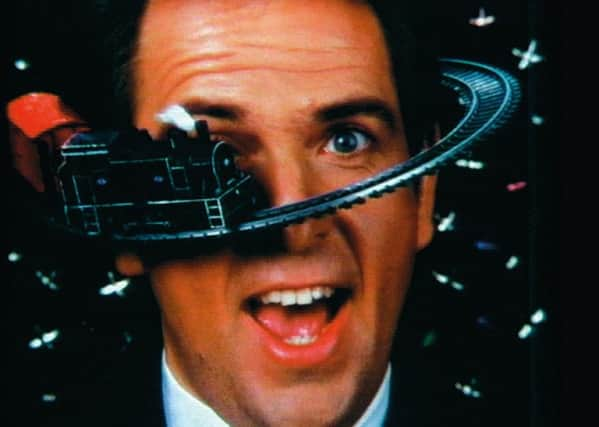Will age ratings spark a new golden era for the music video?


MICHAEL Jackson’s quick feet lighting up the flagstones in Billie Jean. Morten Harket emerging from the pages of a comic book in Take On Me. Peter Gabriel’s hands transforming into plasticine sledgehammers in, well, Sledgehammer. The age of the big music video dawned innocently enough, yet it still managed to produce a host of unforgettable moments.
In recent years, however, record companies have seemingly been engaged in a battle to see who can push the boundaries the furthest. The singers’ outfits have become more risqué, the sexual references more overt and the violence increasingly graphic. The upshot is that music videos are now to be given age ratings in the same way that films are.
Advertisement
Hide AdAdvertisement
Hide AdSony Music, Universal Music and Warner Music have all agreed to send their videos to the British Board of Film Classification before putting them on websites such as YouTube and Vevo. Of the 132 videos submitted so far, 56 are rated 12 and 53 classified 15. The Government says the scheme will “protect children from viewing inappropriate videos on the internet”.
However, the ratings will only be applied to music videos produced in the UK. International artists who cause controversy with their videos won’t be affected. It is a loophole that leaves the likes of Martin Carter, principal lecturer in film at Sheffield Hallam University, questioning whether the system will work – not to mention yearning for the days when the music video was an art form in its own right.
“I suppose it might give parents some sense of reassurance that their children aren’t watching inappropriate material but I’m not sure if it can actually be enforced,” he says.
“It will probably tick a few politicians’ boxes during the quiet summer months, but young people who want to watch something usually find a way round it.
Advertisement
Hide AdAdvertisement
Hide Ad“The thing is that whenever a music channel is on these days I can’t see much of a difference stylistically across most of the stuff that’s being pumped out. I hark back to the golden age of the 1980s and the start-up of MTV when there would be a lot of buzz and promotion of certain artists’ videos. They would be premiered at a certain time on MTV and quite often it was big name directors making them.”
Prime examples included John Landis of Blues Brothers and An American Werewolf in London fame directing Michael Jackson’s seminal Thriller video. And Martin Scorcese helmed the singer’s Bad clip, which is more a self-contained short film than simply a music video, with Scorsese shooting the black and white story sequences as if he were making Mean Streets 2.
“There were also a lot of people who started off making music videos and went on to become film makers,” adds Carter. “People like David Fincher who worked with Madonna and ended up making Seven and Zodiac.
“Then there were videos like Peter Gabriel’s Sledgehammer that were amazingly inventive – you had never seen anything like it. Every Duran Duran video had to outdo the last one and the first time you saw the video for A-ha’s Take On Me it really was jawdropping stuff. It would be great if there was a return to that sort of inventiveness and less of the generic look that music videos have these days.
Advertisement
Hide AdAdvertisement
Hide Ad“To me, modern pop videos seem to revolve around the same bland, generic set of images that have come to be associated with certain types of music.”
Sadly however, Carter isn’t holding out too much hope that imposing age restrictions will see directors rediscover the originality that was the hallmark of the genre’s 1980s heyday.
“The fact is an awful lot has changed,” he says mournfully. “We’re bombarded by so much stuff these days that a lot of it is wallpaper – and something that was groundbreaking 30 years ago can probably now be made by a teenager in an afternoon on their phone.”